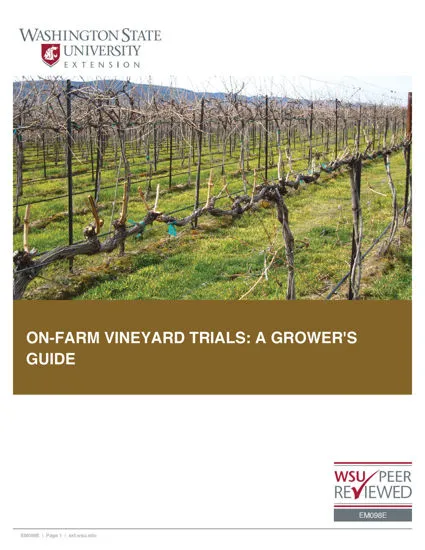Previous Issues / Episodes
Description
×Growing grapes in the Pacific North-west (PNW) can be challenging and rewarding due to highly variable vegetative growth within the region. For example, growers with vineyards located in maritime climates (e.g., Puget Sound American Viticultural Appellation [AVA]) are largely concerned with controlling vegetative growth and increasing fruit exposure to sunlight, while those in the inland PNW (e.g., Yakima or Columbia Valleys) often need to adjust their vegetative management to protect their canopy and fruit from sun exposure. Growers need to carefully assess their vineyard site, including soil characteristics, annual precipitation, and precipitation timing, to determine the best fit with specific grape varieties in terms of potential vine vigor, productivity, and fruit quality. Proper canopy management can lead to good profits for the grower and high-quality fruit for the winemaker. Throughout the world, management of grape-vine canopies has changed over the years. Many European countries now use a tightly spaced, minimal height vineyard with no trellis support, while some New World countries opt for a wider spacing and trellis system. Benefits can be realized for both types of systems and those in between, depending upon grape variety characteristics and climate.
Author Bio
×"Payemnt Success! Prepping Media..."

"Payment failed! please try again..."



























